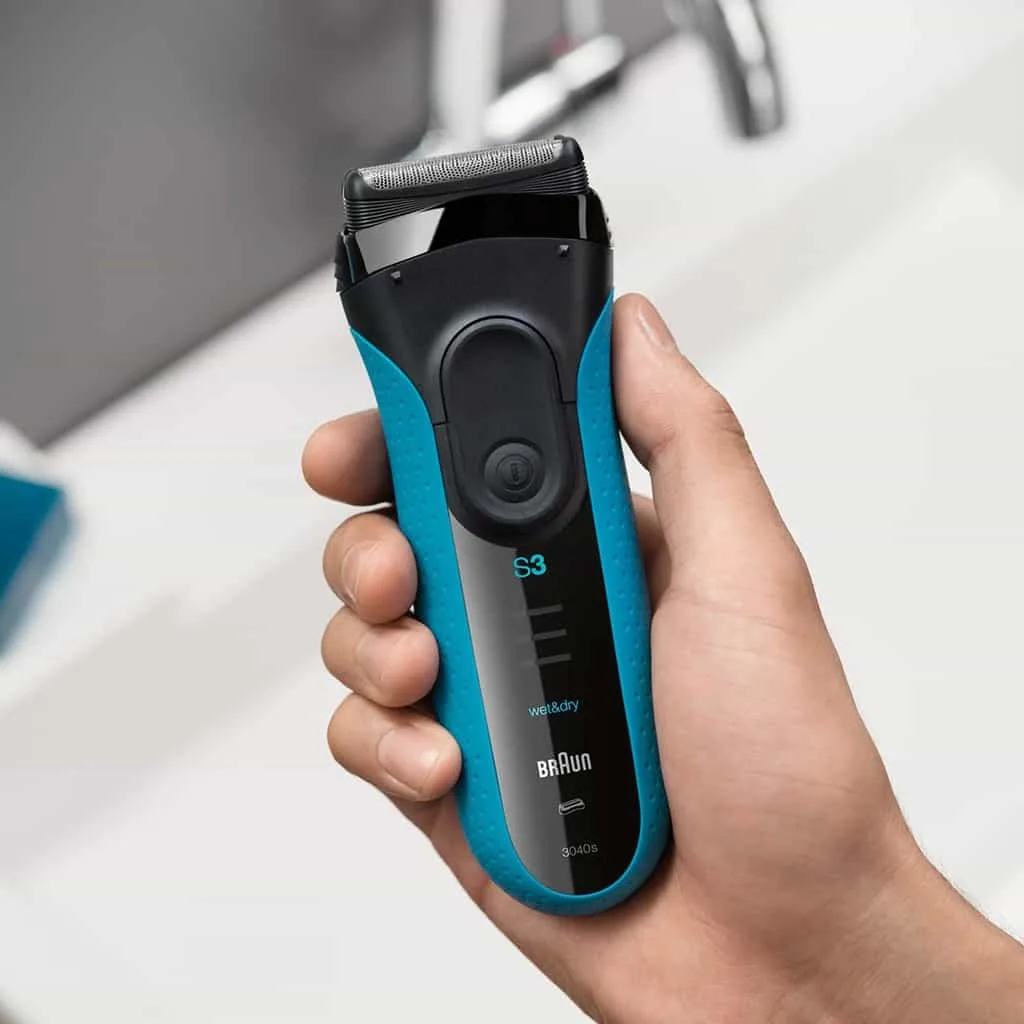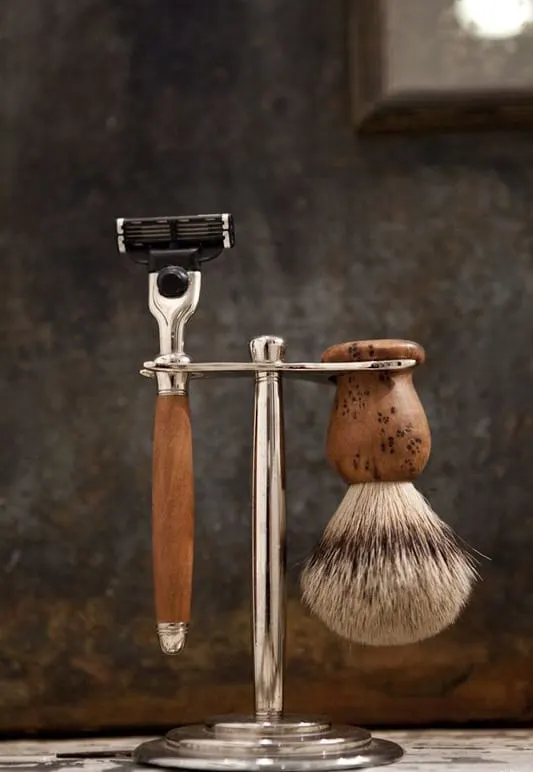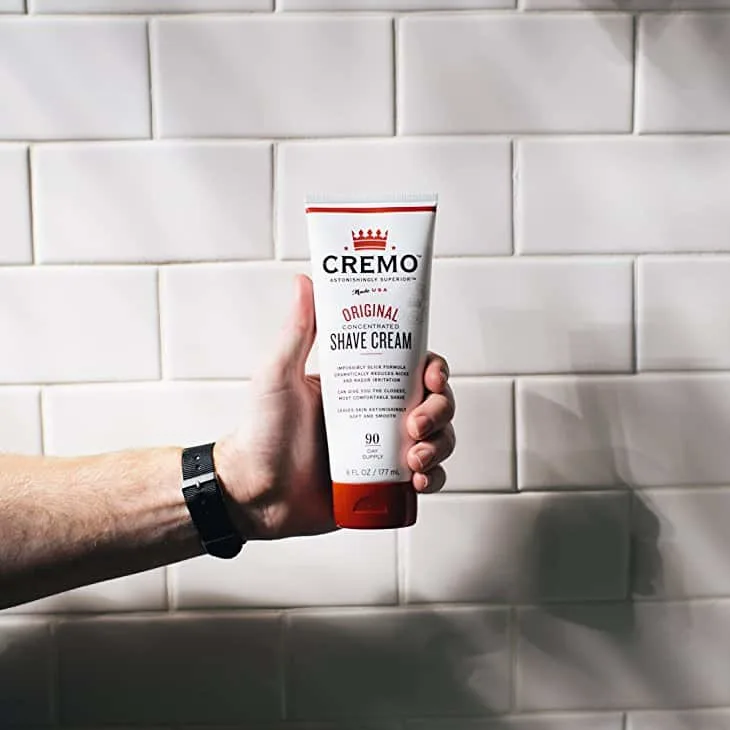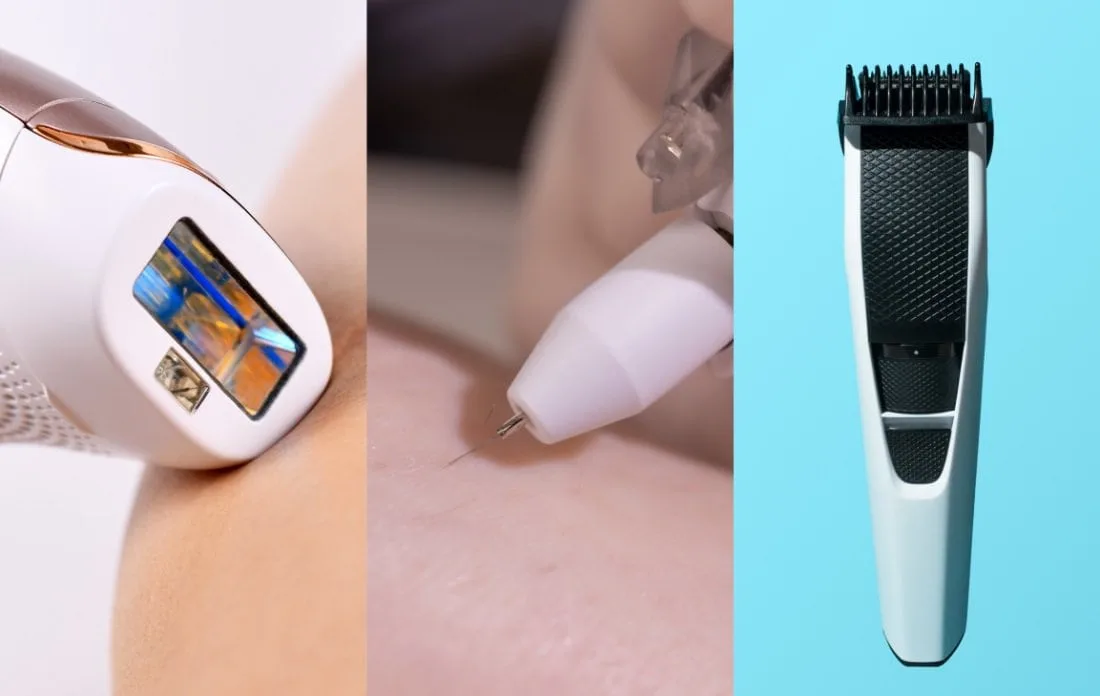Lots of people both have and shave buttcrack hair. Hair’s natural. Some folks embrace the hair in their intergluteal cleft (that’s the medically correct term for your crack). Others want to get rid of it. The choice is yours—body hair is an individual thing. There’s just one thing that I ask of you: take precautions. Be careful. Buy the proper materials. And, of course, read this.
Why does Hair grow in Buttcrack?

It is usually healthy and normal for hair to grow in the buttcrack. To begin with, all human beings have some buttcrack hair–like any other form of body hair, buttcrack hair wicks moisture away from the skin (preventing rashes, chafing, and fungi) and protects the skin surrounding the anus.
Still, many reasons may cause you to have more buttcrack hair (not to mention thicker or darker hair) than the average person. Genetics, for example, influence all sorts of hair growth, from the top of the head to the insides of the buttcrack, and family history might suggest that you have naturally thicker, darker, and more profuse hair in there.
Similarly, medical conditions can also directly or indirectly result in greater buttcrack hair volume. Hypertrichosis, for instance, can cause a thick patch of hair to grow anywhere on the body; by the same token, hormone conditions like polycystic ovarian syndrome, hirsutism, and others result in irregular and high-volume hair growth in the buttcrack.
Finally, certain medications can carry the possible side effects of dense buttcrack hair. Hair growth as a side effect is most common in corticosteroids (such as those used for patients with asthma, bone marrow disorders, and other conditions) and hypertension medications.
Why Should You Remove Your Buttcrack Hair?
There is no medical benefit to removing buttcrack hair–the hair is entirely natural and does no harm to you.
That said, you might have aesthetic reasons for wishing to remove your buttcrack hair. In many communities, smooth backsides are seen as attractive (though this is certainly relative). In other cases, some people feel more like themselves when they have less body hair, which is not necessarily bad.
That said, if you plan on removing your buttcrack hair, you should do so with discernment. Do not let anybody make you feel like you can only be attractive if you remove your buttcrack hair–after all, everybody has it.
The Top Methods for Shaving Buttcrack Hair
Shaving buttcrack hair is just one way to get rid of it. As long as you’re patient and careful, shaving is also one of the cheapest, easiest, and quickest ways to get rid of any fuzz in or around your crack, not to mention the most convenient. However, due to the location of your left, it’s often risky—what if you cut your butt? So, it never hurts to have a few more methods in case you need a plan B.
- Depilatory products, such as Nair, can get rid of hair in your buttcrack. Depilatories are tricky, though. You don’t want to use regular products on such a sensitive area because then you’re begging for bumps and irritation. Even the hair removers designed for sensitive skin require your full attention. You never want to leave that stuff on your skin for too long.
- Waxing is another option. You can even buy at-home DIY kits, but that’s not recommended for your crack—unless you have a trusted friend or loved one to help you, that is. It’s best to get it done professionally. Waxing stings, but it’s over in just a second.
It’s not hard to see why shaving is the most popular way to remove buttcrack hair, so I understand the commitment to your Bic. Just do me a favor and follow this guide while you shave, okay?
#1: Start with an Electric Razor

When you shave buttcrack hair with an electric razor first, it cuts down on the amount of hair you have to shave using a manual razor, plus it’s painless. Using it first will also help you to familiarize yourself with the lay of the land. I think this goes without saying, but never use the same electric shaver for both your butt and your face. Get a separate trimmer.
#2: Use a New Blade

Don’t take an old razor blade anywhere near your intergluteal cleft. Even under all the hair, it’s a sensitive, vulnerable area. You have to be extra careful not to cut yourself, but that’s better than using a potentially dull razor or dealing with cross-contamination.
#3: Mirror, Mirror on the Floor

A mirror is a must-have anytime you shave something you can’t see. When shaving your crack, it’s best to squat over a mirror to get a clear view. A small round vanity mirror is a perfect size.
#4: Exfoliate Beforehand

To shave buttcrack hair, you have to prepare it. Take a shower and clean your crack. Exfoliate it with a gentle sponge. Use warm water. Between that and the exfoliation, your hair follicles are wide open and primed for removal.
#5: Don’t Skip the Shaving Cream

Shaving cream, shave gel, soap—the choices are varied. The point is that you need to use something to help your razor glide across your skin. Just don’t be overzealous and slather your butt with cream or soap. You need to be able to grip a cheek and hold it open for convenience.
Alternative Ways to Remove Buttcrack Hair

If the methods presented above don’t tickle your fancy (or anything else), there are some alternative methods for shaving your buttcrack.
One option is laser hair removal, in which a medical professional uses a powerful laser beam to remove hair from the follicles within your crack. It is effective in the long term, putting the hair in a state of dormancy and preventing it from growing for a long period. Notably, this procedure is expensive and does often require multiple appointments.
Another medical procedure is electrolysis. In this process, a professional uses electrical energy to destroy the growth center of hair permanently. It is safe and relatively painless, but it is somewhat time-consuming and rather expensive.
A final option might be to use hair clippers to snip away clumps of hair from your buttcrack. This is a last-resort option, as there is a chance for you to nick your skin. That said, if you simply want to trim your buttcrack hair, scissors can be a low-maintenance option for doing so.
Risks And Side Effects of Removing Buttcrack Hair
Since buttcrack hair is a natural and useful part of the human body, there are possible side effects associated with removing it.
First, removing buttcrack hair can result in chafing, skin irritation, and itching. This is because the hair is supposed to provide a smooth barrier when the butt cheeks rub against each other–so without that layer, the rubbing skin will chafe and become irritated.
By the same token, an improper form of shaving can result in ingrown hairs or razor burn–which is especially common if you’re using shaving cream on your buttcrack.
The most concerning side effect, however, is infection. Natural hair is meant to protect the anus (and, conversely protect the skin from the anus). Without hair, the buttcrack is more vulnerable to cuts and scrapes–and since the buttcrack is, well, close to the butt, it’s possible to wipe excrement or other dirty material into those wounds. This creates the possibility of a serious infection.
So, that’s that—everything you need to know about shaving buttcrack hair. How do you get rid of yours?
